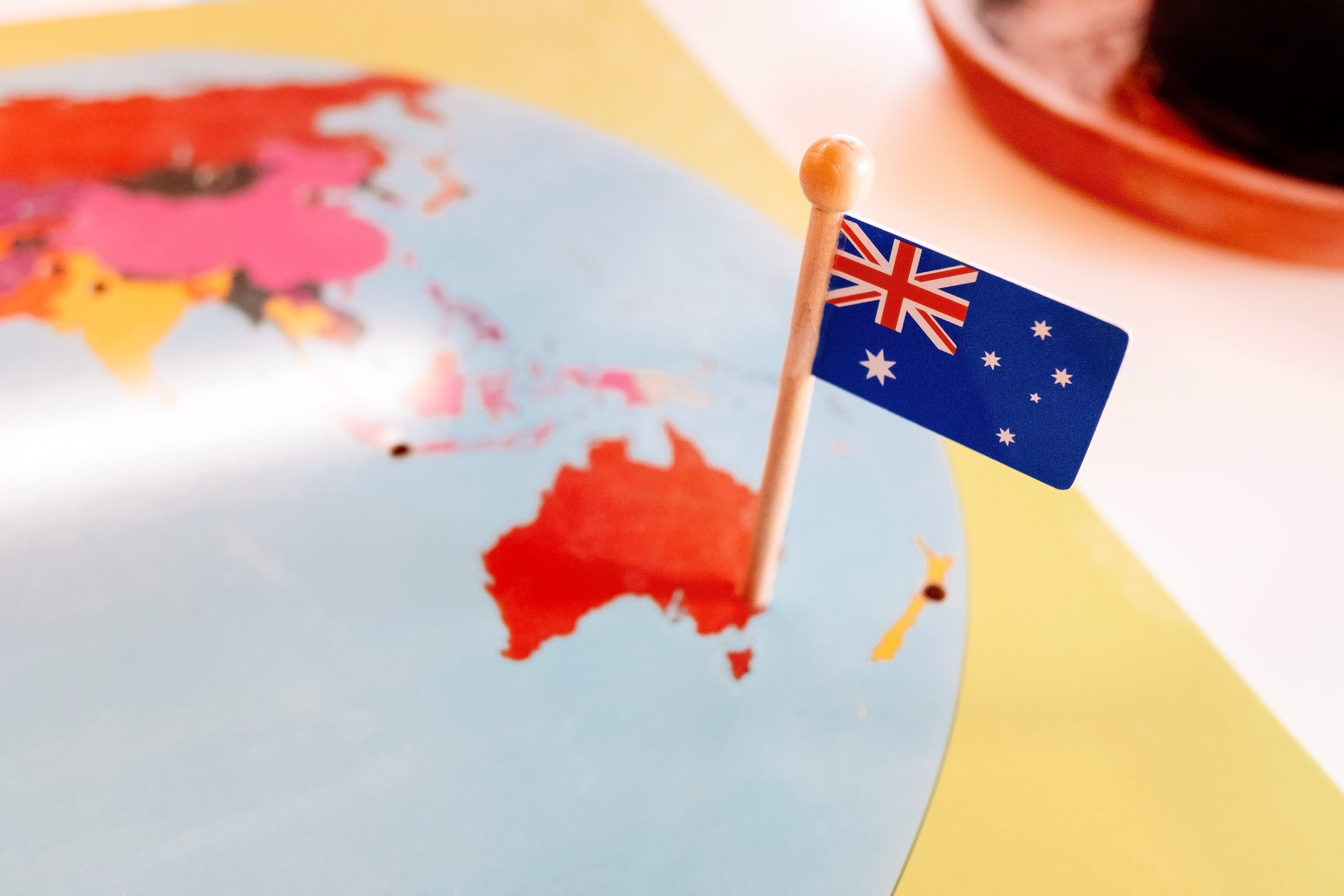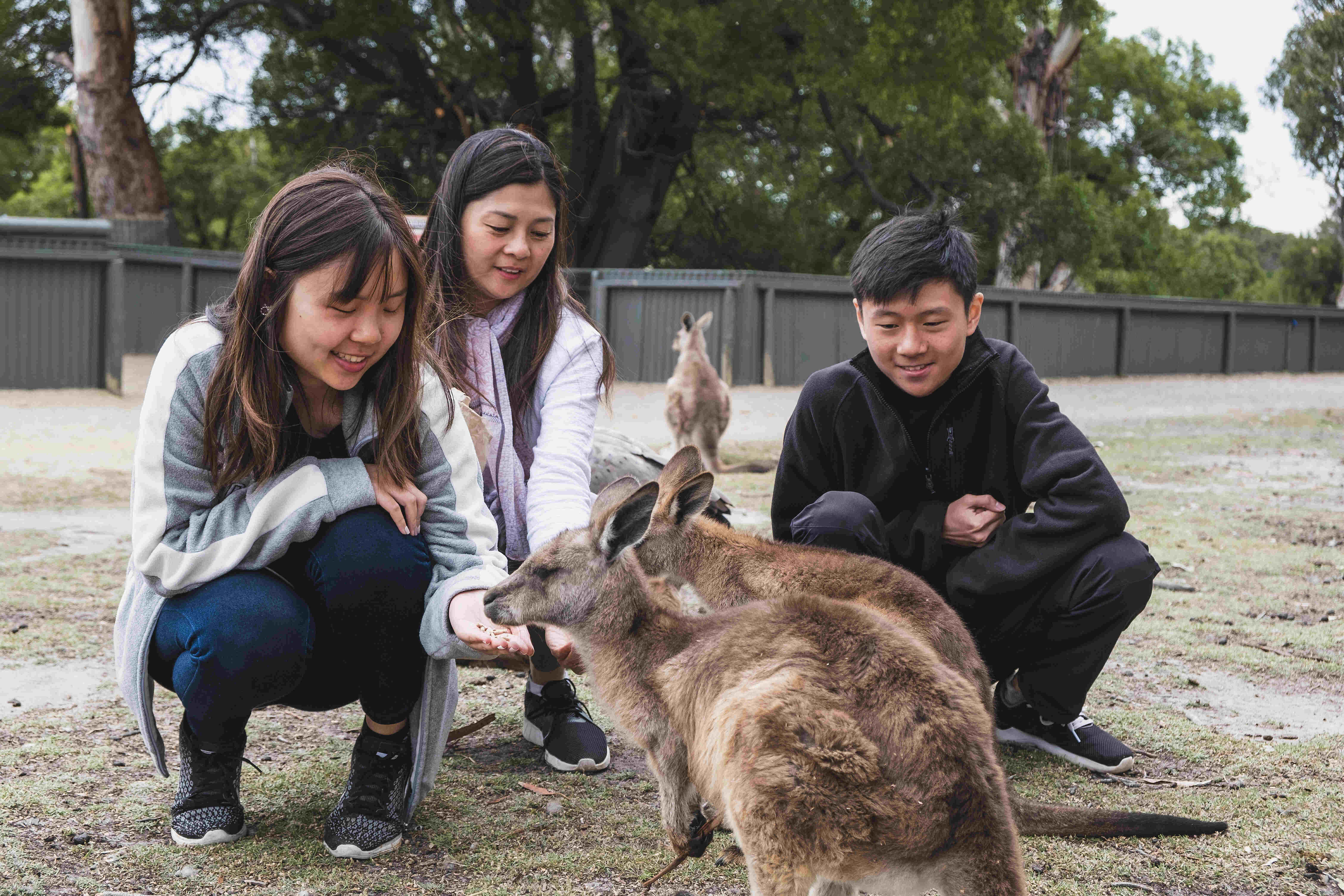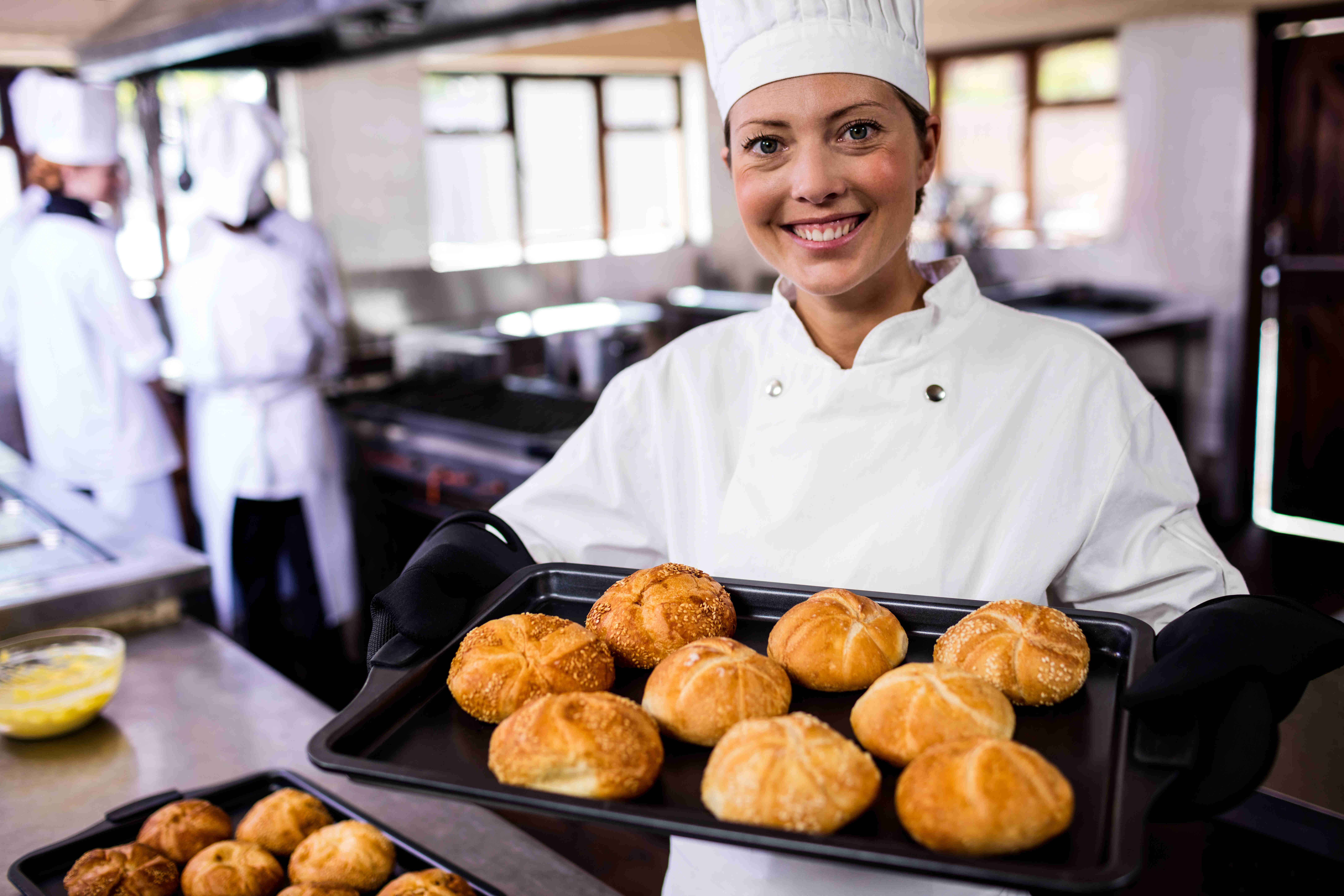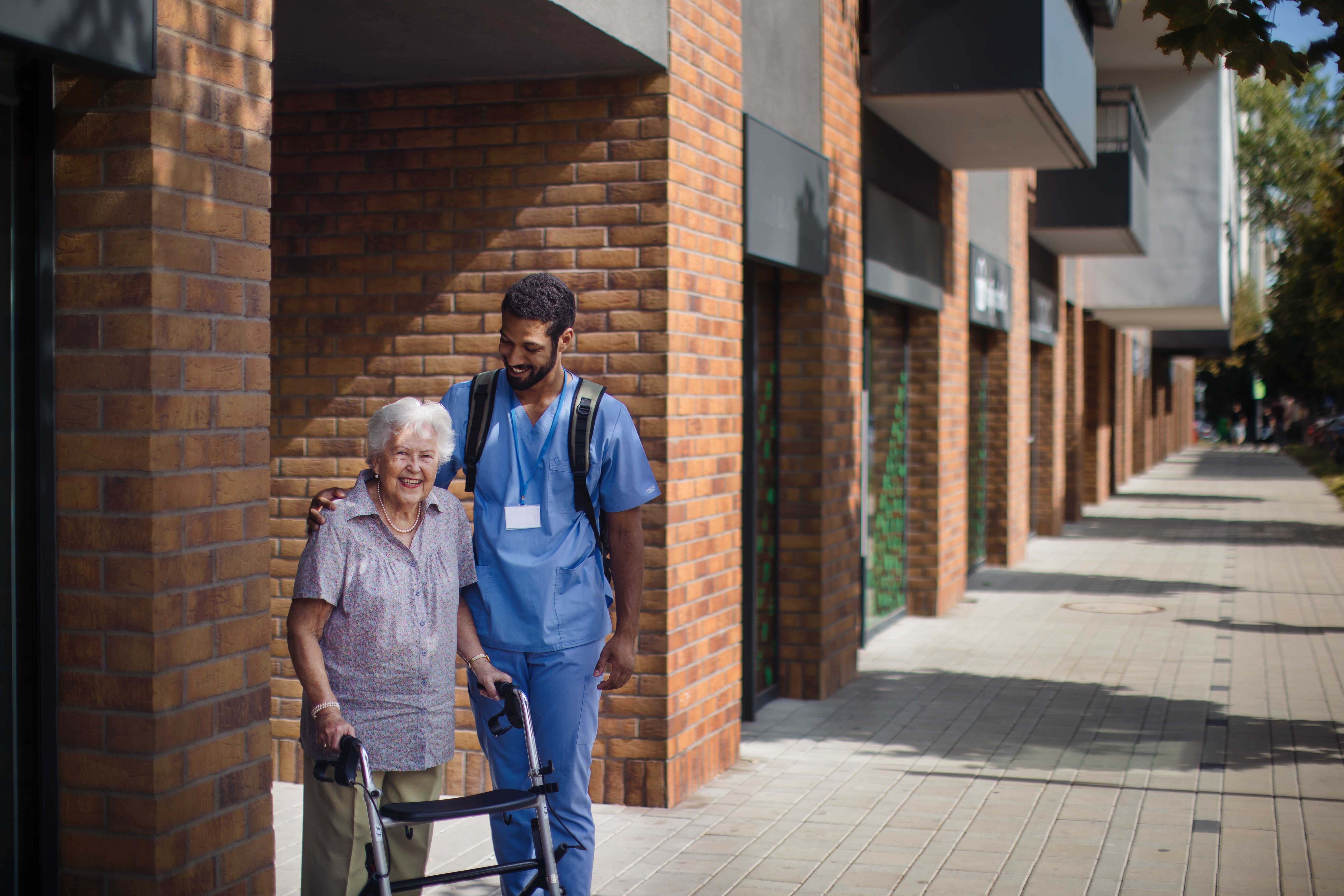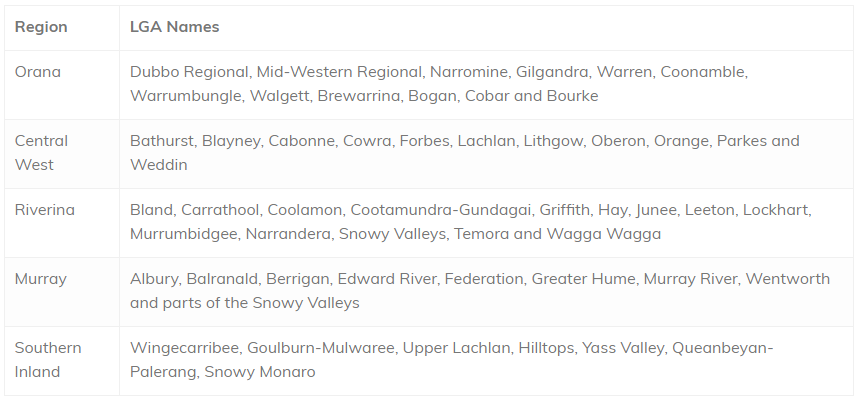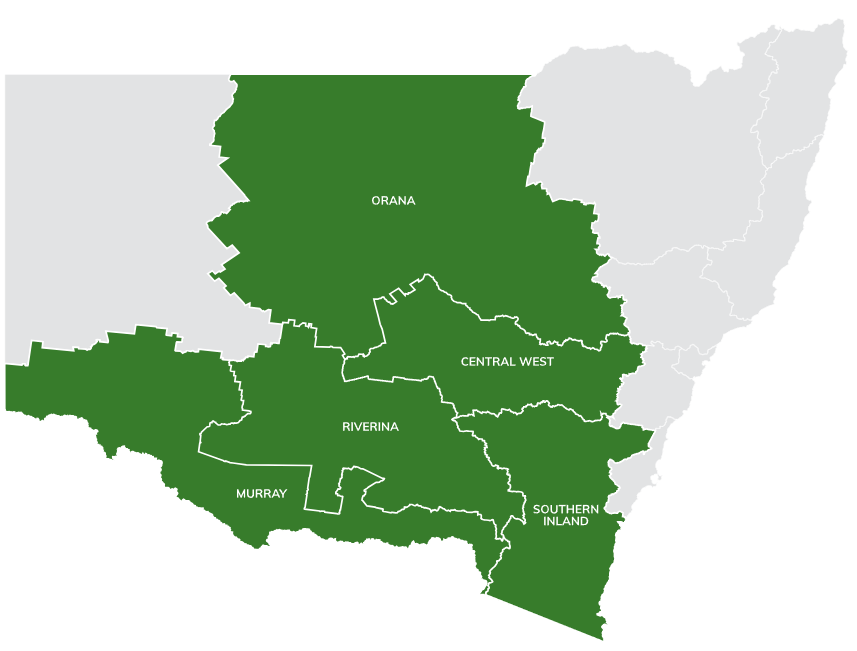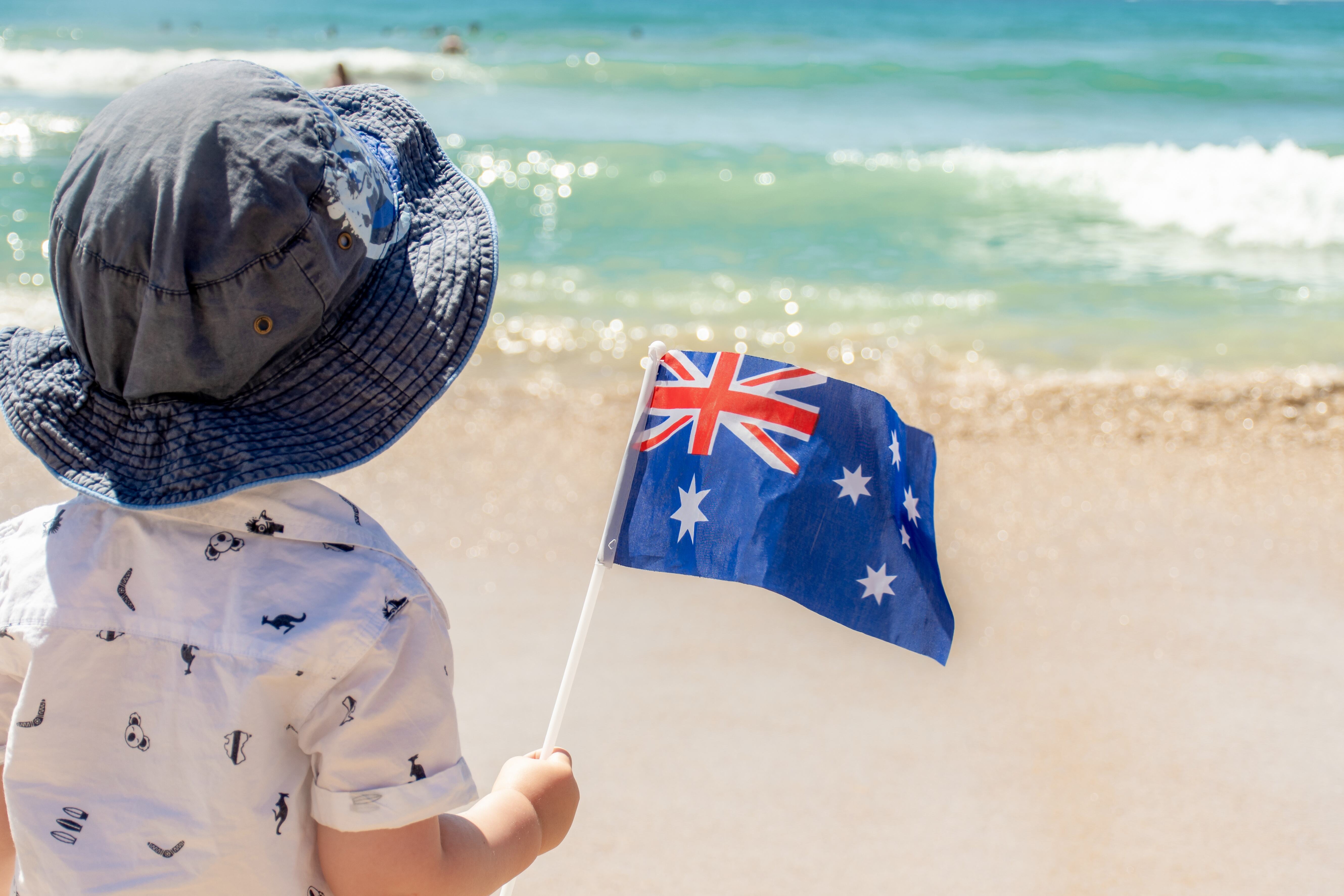Visa Number 1: Working Holiday Visa (Subclass 417 or 462)
The Working Holiday Visa (Subclass 417) or the Work and Holiday Visa (Subclass 462) allows young people (typically aged 18 to 30, or 35 years old for some countries) from eligible countries to travel and work in Australia for up to 12 months, with the option to extend for another year under certain conditions.
With this visa, you can do any kind of work, anywhere in Australia. Usually, you can only work for the same employer for 6 months, although some exemptions apply.
The Working Holiday Visa is ideal for those looking to fund their travels while gaining work experience. Working Holiday holders could be eligible to apply for a second or third Working Holiday visa and stay for up to 3 years in Australia.
Visa Number 2: Employer-Sponsored Visa (482, 494, or the new Skills in Demand Visa)
Employer-sponsored visas allow employers to sponsor international skilled workers to fill positions that cannot be filled by local talent. The visa can be granted for up to 5 years, depending on the occupation and the specific visa that the applicant is applying for.
To apply for one of the employer-sponsored visas, such as 482 visa, 494 visa, or Skills in Demand Visa, you must have a business to sponsor you and meet some other requirements.
The employer-sponsored visa can potentially lead to permanent residency.
Take a look at our blog for tips on finding an employer to sponsor you in Australia.
Visa Number 3: Training Visa (Subclass 407)
This visa is designed for individuals who want to participate in workplace-based training to improve their skills for their current occupation or field of study.
This visa can be granted for up to 2 years, allowing you to work and live in Australia.
The Training Visa requires sponsorship by an Australian organization and doesn’t lead to permanent residency; it is just a temporary work visa.
Visa Number 4: Student Visa (Subclass 500)
While primarily intended for studying in Australia, the Student Visa allows holders to work part-time while studying. Students can work up to 48 hours per fortnight during the academic term and unlimited hours during breaks.
This visa is valid for the duration of the course.
Visa Number 5: Employer Nomination Scheme (Subclass 186)
The 186 visa is a permanent residency visa for skilled workers who are nominated by their employer.
It has three streams: the Temporary Residence Transition stream, Direct Entry stream, and Labour Agreement stream, each catering to different situations and requirements.
Check out our blog on how to find an employer to sponsor you in Australia.
Visa Number 6: Temporary Activity Visa (Subclass 408)
The Temporary Activity Visa (Subclass 408) allows individuals to come to Australia to participate in specific activities, such as cultural or social events, sports, or special projects.
It can also include work rights in certain situations, depending on the activity.
Visa Number 7: Temporary Graduate Visa (Subclass 485)
The Graduate Visa (Subclass 485) is for international students who have recently graduated from an Australian institution. It allows them to work in Australia full-time to gain practical experience in their field of study.
You can apply for the Graduate Visa if you are 35 years old or under. Exceptions apply.
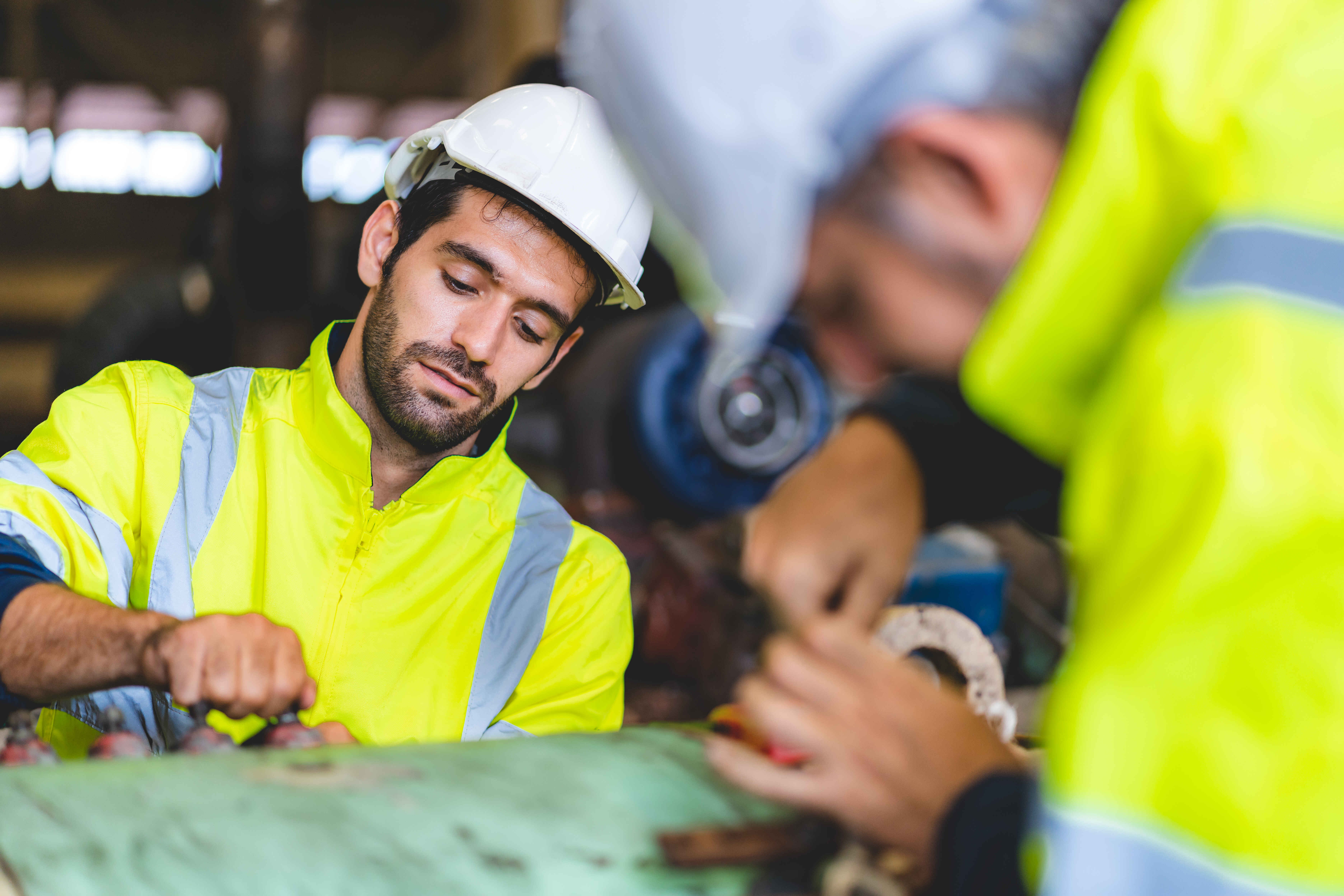
What Australian work visa is for you?
If you want to know whether you can apply for one of these visas or any other visa that allows you to work in Australia, please book an appointment with us. We will discuss your situation to determine which visas you may be eligible to apply for.





